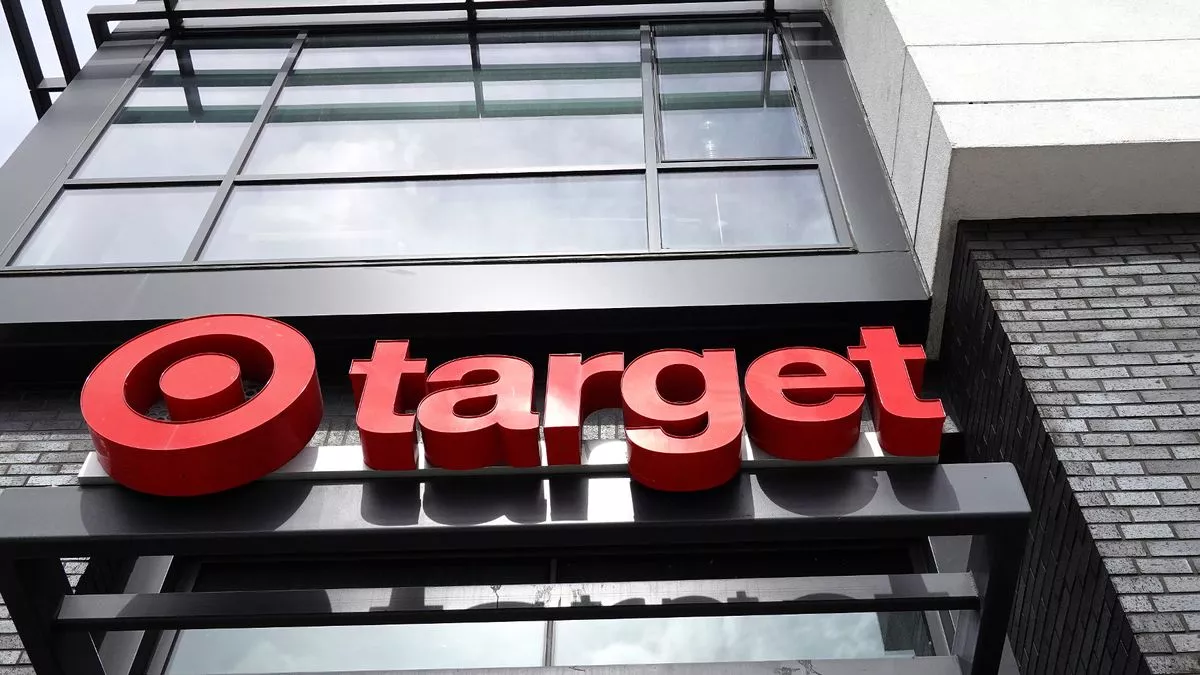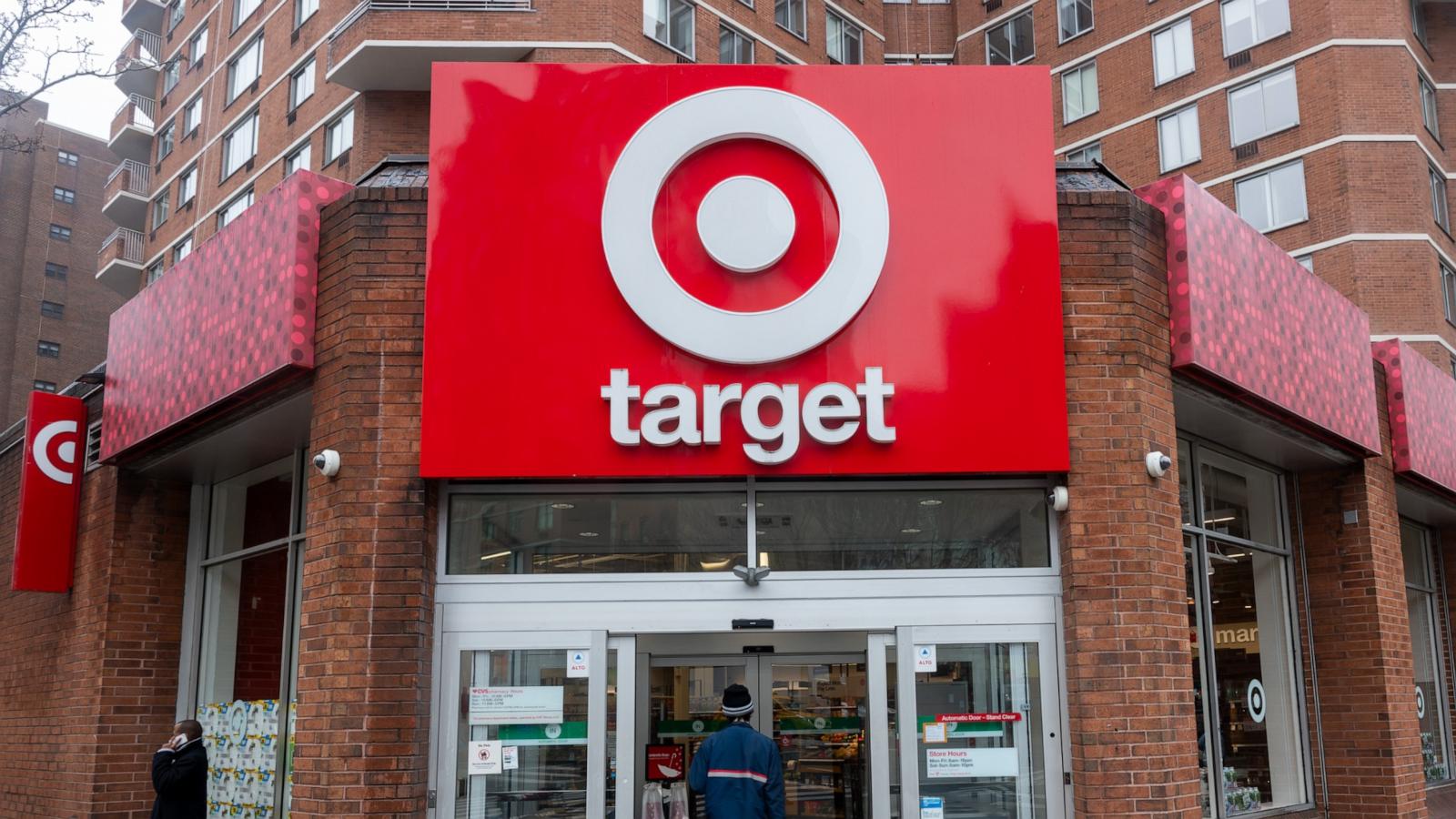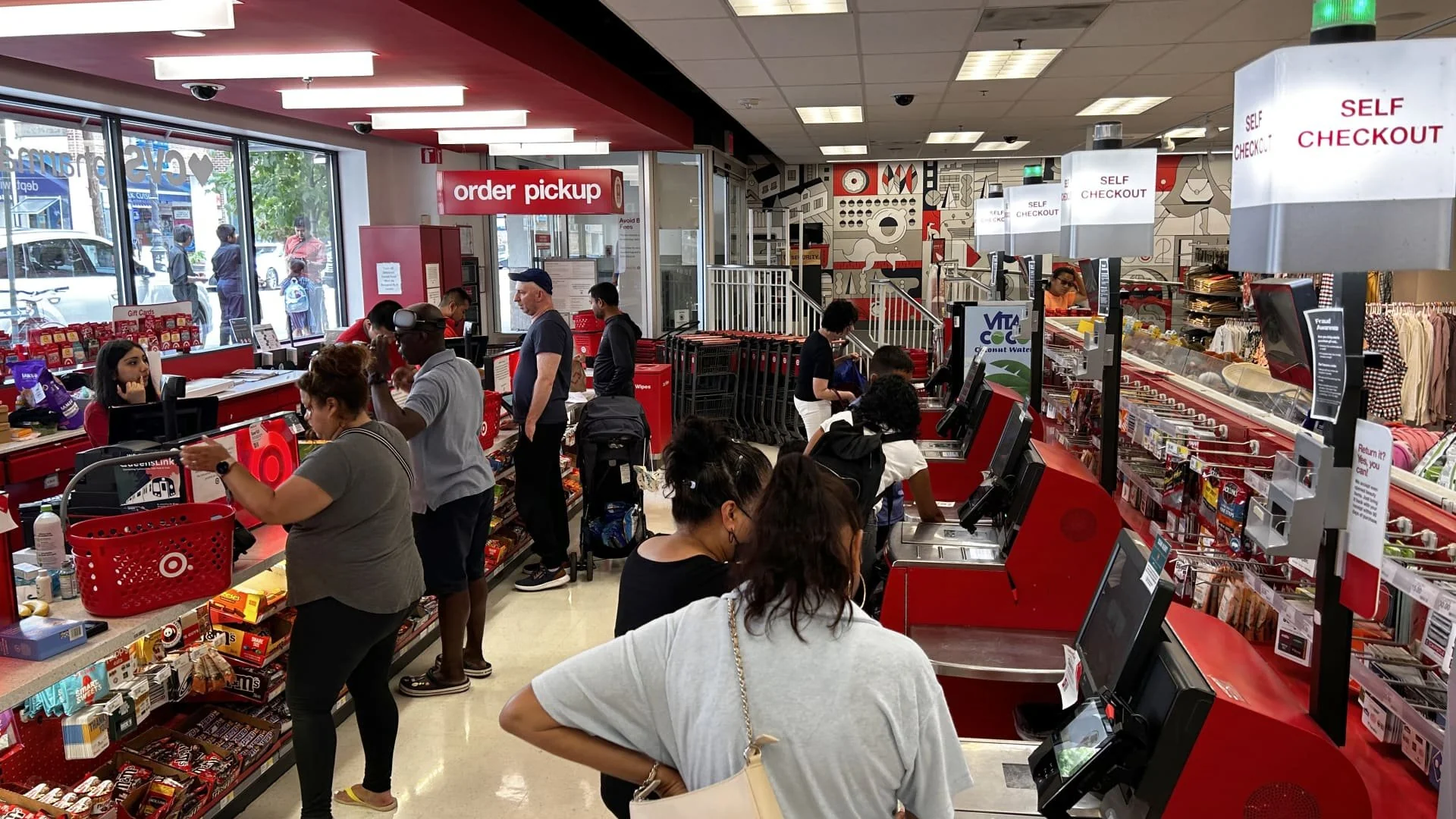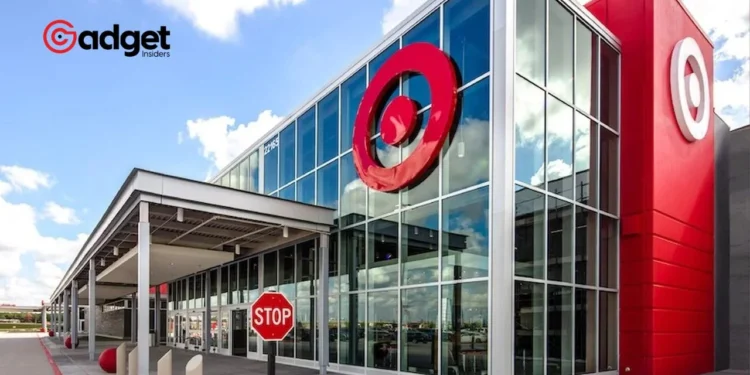In a surprising move that deviates from the modern retail trend, Target has announced a significant alteration to its checkout process. This change, which limits the use of self-checkout lanes to customers with 10 items or fewer, marks a pivotal shift in the retailer’s operational strategy. Target’s initiative comes as a response to various challenges and customer feedback, setting a precedent that could influence the future of retail shopping experiences.
The New Checkout Experience at Target
Beginning this Sunday, Target shoppers will encounter a new checkout landscape. The “Express Self-Checkout” lanes, a solution for those with minimal purchases, aim to streamline the in-store payment process.
This policy will be implemented across most of Target’s 2,000 locations, following a successful pilot program at 200 stores last fall, which demonstrated that self-checkout was twice as fast compared to traditional methods.

This adjustment is part of a broader strategy to enhance the customer experience. By limiting self-service to a maximum of 10 items, Target intends to expedite the payment process, allowing shoppers to complete their transactions more efficiently.
This move also comes with an increase in staffed checkout lanes for those with larger baskets, ensuring a smoother flow through the checkout process for all customers.
Understanding the Rationale Behind the Policy
Target’s decision is multifaceted, driven by a desire to improve customer satisfaction and address security concerns. During the pandemic, self-checkout systems were expanded as a means to reduce human contact and save on labor costs. However, this convenience came with unintended consequences, including an increase in theft and security risks.
A LendingTree survey highlighted that 15% of self-checkout users admitted to purposely stealing items, with many offenders stating they would do it again.

Moreover, customer loyalty appears to be stronger when human interaction is involved.
A study from Drexel University found that shoppers tend to feel more connected to stores where they interact with employees during checkout.
There are also financial risks associated with self-checkout, such as the threat of credit card skimmers, which have been found in various retail settings.
Target is pulling back on self-checkout, limiting service to people with 10 items or fewer https://t.co/lPSnhNmZvA
— CBS Mornings (@CBSMornings) March 18, 2024
The Bigger Picture: Retail’s Self-Checkout Reevaluation
Target is not alone in its reevaluation of self-checkout systems. Other major retailers, including Walmart, have been subtly adjusting their approach, balancing between self-service and staffed lanes based on customer volume and staffing levels.
This trend suggests a growing recognition within the industry that while technology offers convenience, the human element remains a crucial aspect of the shopping experience.
Target’s policy change is a significant development in the retail sector, reflecting a shift towards optimizing customer interactions while addressing security and loyalty concerns.
As the landscape evolves, it will be intriguing to see how other retailers respond and whether this marks the beginning of a broader trend away from self-checkout systems.

Target’s new self-checkout policy is a strategic move that prioritizes the customer experience and safety. By limiting self-service to smaller transactions and enhancing staffed checkout options, the retailer is setting a new standard in the industry.
This policy not only addresses the challenges of theft and security but also acknowledges the importance of human connection in retail. As Target adapts to changing consumer preferences and operational challenges, its approach could herald a new era in how we think about efficiency, technology, and service in the shopping experience.










